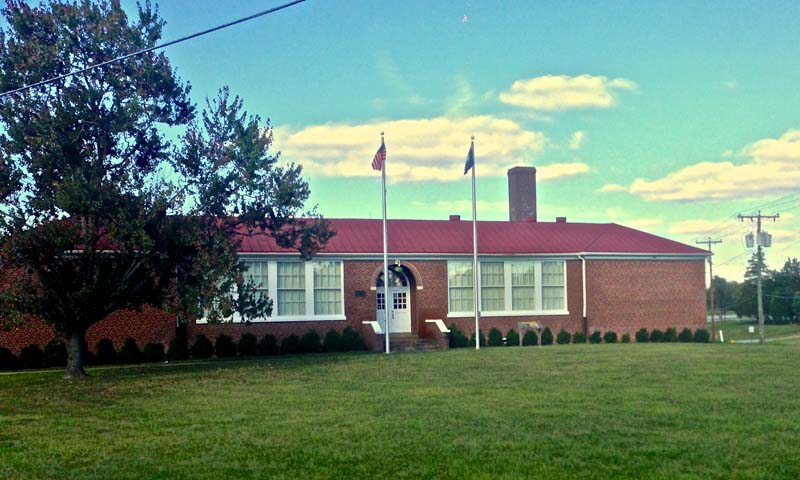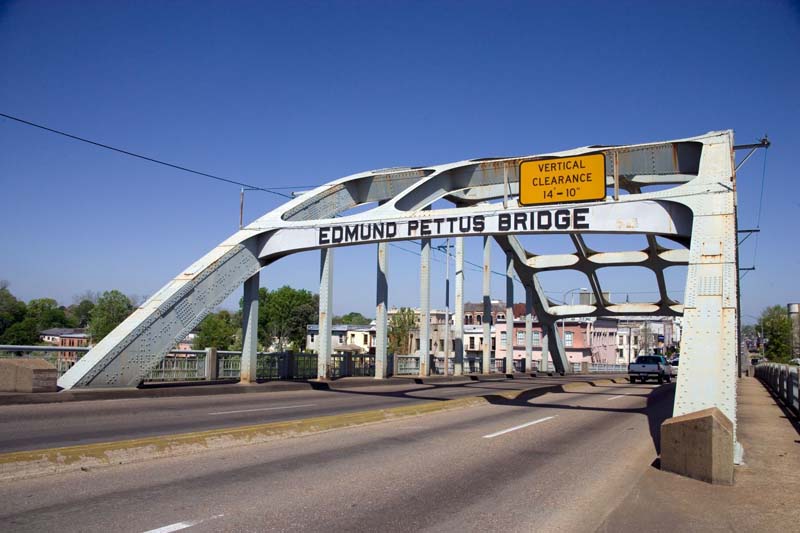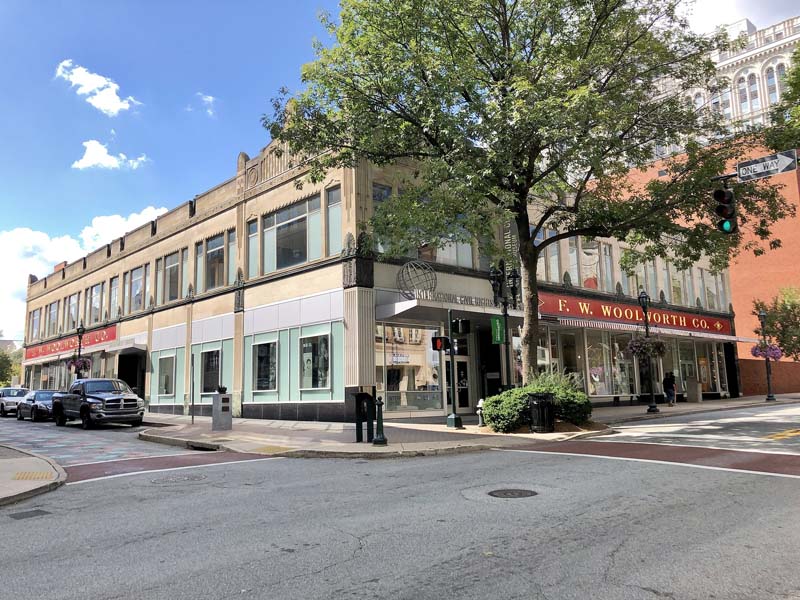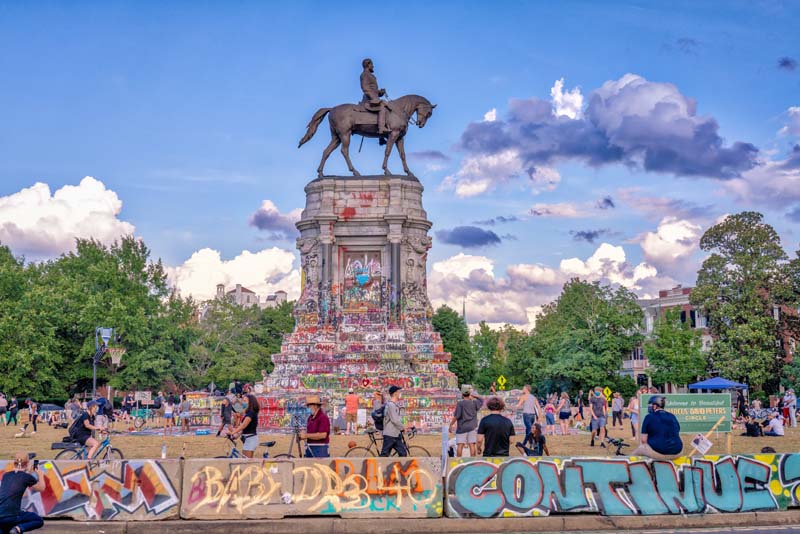The following selection of SAH Archipedia building entries focus on this year’s theme, “Black Resistance,” for Black History Month. For more on this year’s theme, please visit the Association for the Study of African American Life and History.

Photograph by Ildar Sagdejev, CC BY-SA 4.0
St. Joseph’s AME Church, now the Hayti Heritage Center, is the symbolic cornerstone of Durham’s African American community. Following the Civil War, a neighborhood of African American freedmen known as Hayti grew on the southern side of the railroad tracks that ran along the edge of downtown Durham. The community was economically and culturally independent of Durham in the Jim Crow era and largely self-sufficient with prominent commercial districts. St. Joseph’s AME was an important meeting place and rally location during the civil rights movement, well into the late 1960s. READ MORE

Photograph by William T. Ziglar, Jr., CC BY-SA 3.0
Moton High School was the first building constructed for the secondary education of African American children in Virginia’s Prince Edward County. The school was the scene of an opening chapter in the civil rights movement. On April 23, 1951, Barbara R. Johns led fellow students in a strike to protest insufficient funding and crowded conditions in the facility, including classrooms in temporary wooden buildings behind the single-story brick school. The strike resulted in Thurgood Marshall and the NAACP including Prince Edward County in the case for racial integration in U.S. public schools, ultimately heard by the Supreme Court as Brown v. Board of Education. READ MORE

Photograph by Carol M. Highsmith
As the starting point for the historic Voting Rights March from Selma to Montgomery, the Edmund Pettus Bridge is an iconic symbol of the African American struggle for equality under U.S. law. It was here on March 7, 1965, that Alabama State Troopers attacked some 600 civil rights activists led by Dr. Martin Luther King in a violent incident that came to be known as “Bloody Sunday.” READ MORE

Photograph by Warren LeMay
The former F.W. Woolworth Department Store, now the International Civil Rights Center and Museum, was the site of the 1960 Greensboro sit-ins, a series of nonviolent protests that were among the most influential events in the civil rights movement. READ MORE

Photograph by Mobilis In Mobili, CC BY-SA 2.0
Monument Avenue exemplifies the complex history of Virginia, and Richmond in particular, in its connection to slavery, the Civil War, and decades of de jure and de facto segregation in the public realm. The Avenue and its Confederate statues have been the subject of a decades-long debate over their appropriateness, but recent protests, sparked by the murder of George Floyd in May 2020 and fueled by the subsequent anti-racism protests, finally led to the removal of these statues by 2022. READ MORE